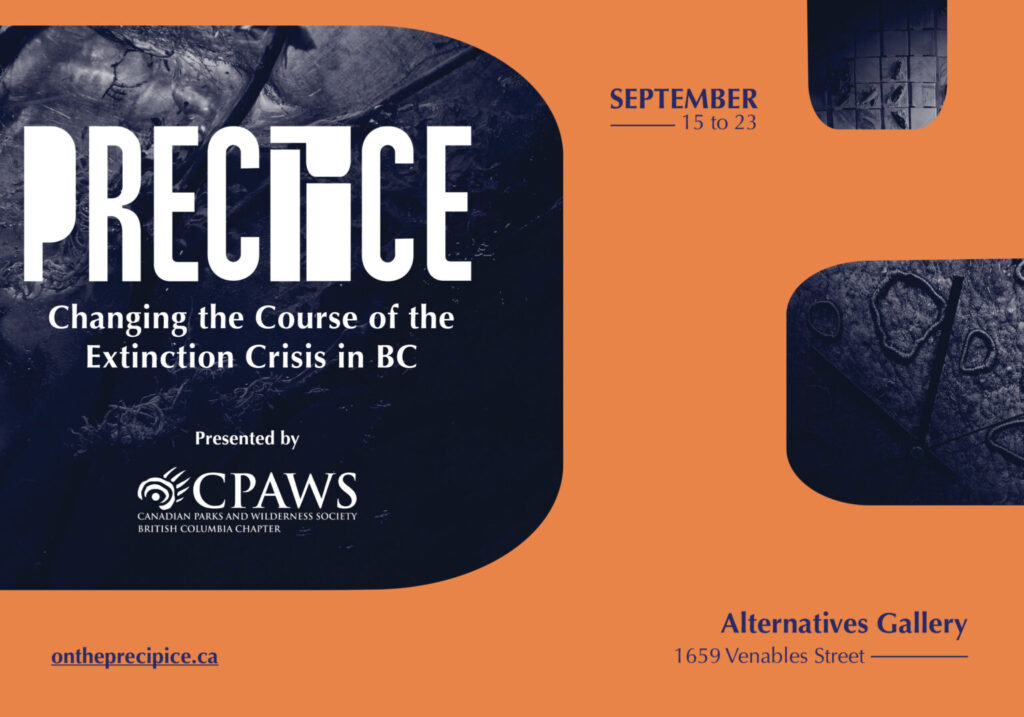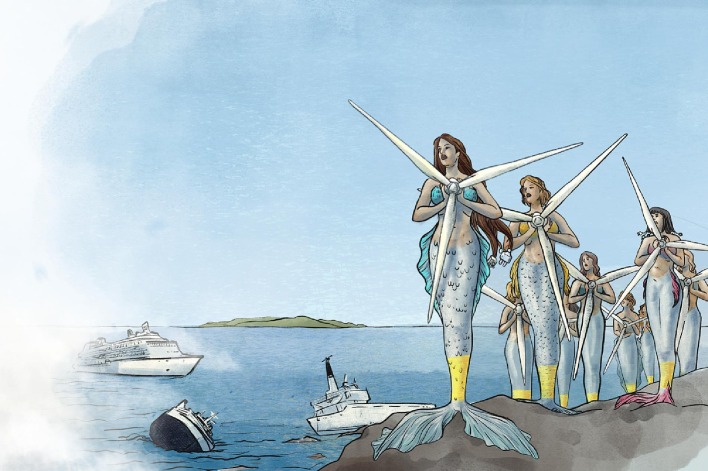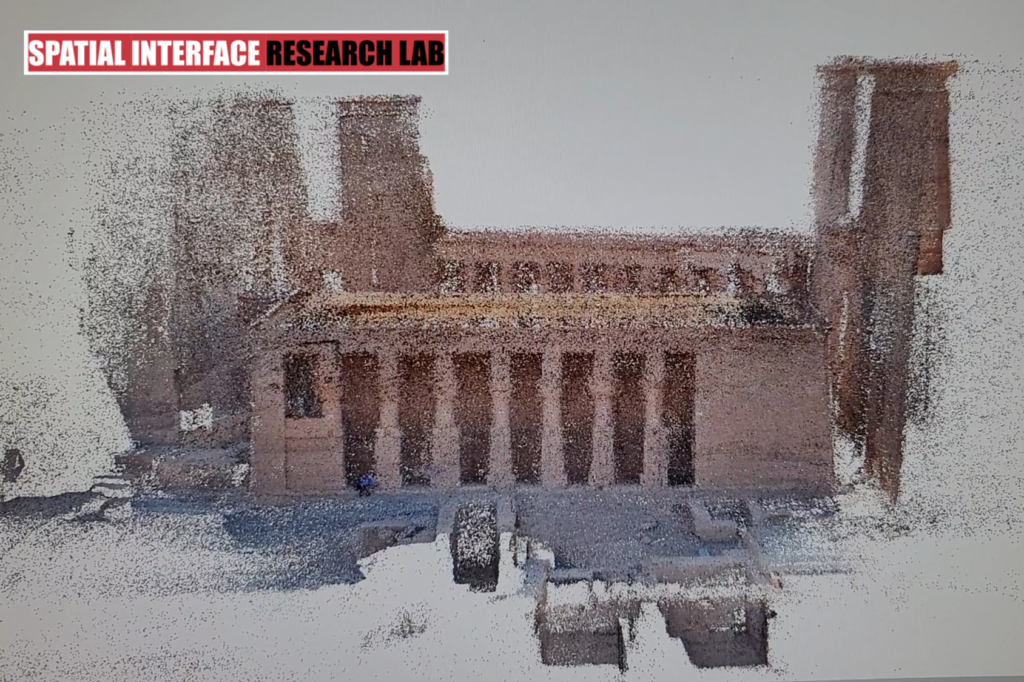Thanks to Rebecca Bollwitt’s August 29, 2023 posting on her miss604.com blog for notice of this upcoming exhibit and event, Note 1: A link has been removed; Note 2: This is not my usual topic area (emerging science and technology),
The Precipice art exhibition, presented by CPAWS-BC [Canadian Parks and Wilderness Society – BC Chapter], showcases seven BC-based artists working in mixed media to tell stories of biodiversity, loss, and hope.
…
Precipice is an exhibit and gathering place where artists, biologists and activists will teach, play and host conversations about biodiversity with the community. The exhibition features work by Cherry Archer, Nell Burns, Adea Chung, Grace Lee, Jesse Recalma, Sarah Ronald, and Clare Wilkening and is curated by Rachael Ashe.
…

An August 29, 2023 CPAWS-BC news release provides detail about the exhibit, events, and logistics,
Works by seven BC artists renew hope amidst an extinction crisis
Take a sensory journey from loss to hope at Precipice, an art exhibit and gathering space where conversations about solutions to biodiversity loss will thrive. Precipice: Changing the Course of the Extinction Crisis in BC runs at the Alternatives Gallery in Vancouver from September 15-23, 2003.
Precipice: Changing the Course of the Extinction Crisis in BC is an art exhibition that tells stories of loss and hope for lands, animals, waters and people in British Columbia, Canada’s most biodiverse province. At Alternatives Gallery in Vancouver, seven BC-based artists will express how deeply biodiversity in nature affects the human experience.
Presented by Canadian Parks and Wilderness Society – British Columbia, Precipice is more than an art exhibit. It’s a gathering place where artists, biologists and activists will teach, play and host community conversations about biodiversity.
“Precipice is a convening space for critical conversations about what people living in BC can do to protect our children’s futures,” says Tori Ball, Terrestrial Conservation Manager at CPAWS-BC. “We’re living through an extinction crisis – forest fires, floods and droughts. But we can’t lose hope.”
Right now, Indigenous Nations are working to protect their traditional territories and the province has an unparalleled opportunity to support their vision and ensure that lands and waters are healthy and protected, says Ball. “This is how we can mitigate the effects of climate change and support communities in BC. Precipice is an open, community space for people to gather, learn and take action.”
Works featured at Precipice show that when we do better for Nature, people thrive too: a textile sculpture embodies the life experience of a tree; a ceramic tile installation depicts the family history of our Southern Resident killer whales; and textural cut-outs explore wildlife relocation caused by habitat loss.
Precipice’s community programs welcome guest speakers including Chief Rebecca David of Pauquachin Nation, Councillor Archie Little, Nuchatlaht First Nation, Nuu-Chah-Nulth Tribal Council artists workshops and storytelling events. Tickets are free or by donation and the schedule of events is listed below.
Precipice is curated by Rachael Ashe and features work by Cherry Archer, Nell Burns, Adea Chung, Grace Lee, Jessie Recalma, Sarah Ronald and Clare Wilkening. The gallery is always free to enter and is open Monday to Thursday from 4 PM to 6 PM for public viewing. All are welcome to join workshops and guest speaker nights during extended weekend and evening hours.
Precipice art exhibition is presented by Canadian Parks and Wilderness Society – British Columbia (CPAWS-BC). A portion of the proceeds will support the non-profit’s work to advocate for the protection of lands, waters and wildlife in BC.
Precipice: Changing the Course of the Extinction Crisis in BC
When: September 15-23, 2023
Time: 4 PM to 6 PM, [emphasis mine] plus special evening and weekend events.
Where: Alternatives Gallery and Studio, 1659 Venables Street, Vancouver, BC. [emphasis mine]
Tickets: Always free to visit the gallery Monday to Friday from 4-6 PM. [emphasis mine] Donations welcomed for special evening speakers night, weekend workshops and more online
Special events include:Opening night: September 15, from 6-9 PM
Family Fun day: September 17 from 10-2 PM
Ocean Pollution panel: September 19 from 6-7:30 PM
The Future of Conservation panel: September 21 from 6-8 PM
Beginner-friendly ceramics workshop with Clare Wilkening: September 23 at 12 PM.
Here’s a bit more about the September 23, 2023 Precipice special event from the Precipice homepage (scroll down),
Saturday, September 23
Celebrate BC Culture Days by creating your very own clay creation inspired by the natural world at this Clay Workshop with Clare Wilkening. This is a beginner-friendly workshop. No previous artistic experience is required!
Tickets are by donation, with a suggested donation of $5-10.
Climate Action Through Circularity (Zero Waste Conference 2023)
Metro Vancouver’s annual Zero Waste Conference (ZWC) is coming up on November 1-2, 2023 and there’s more from the ZWC website,
THIS YEAR’S THEME – CLIMATE ACTION THROUGH CIRCULAIRTY
Join us at the 2023 Zero Waste Conference – an annual confluence of visionaries, innovators, and thought leaders committed to a future without waste. This year, we dive deep into the power of circular economy and regenerative principles to drive climate action.
Uniting champions and practitioners from across business, government, and civil society, our event is a celebration of transformational change. Experience the power of the circular economy, witness its prowess in driving climate action, and marvel at how industry leaders and organizations are deploying it to construct a sustainable future.
…
It’s going to be a very busy Fall 2023.

